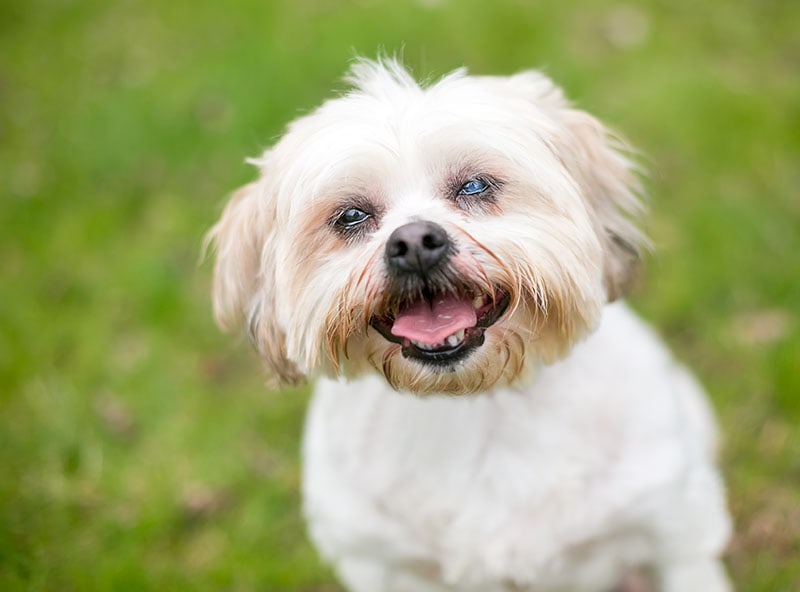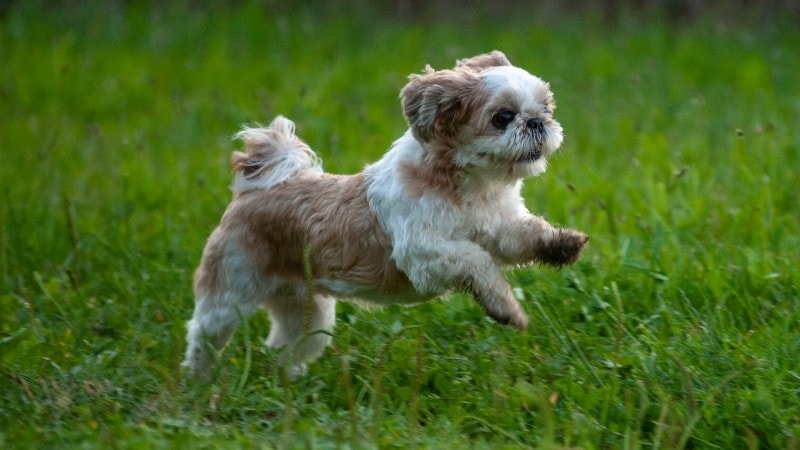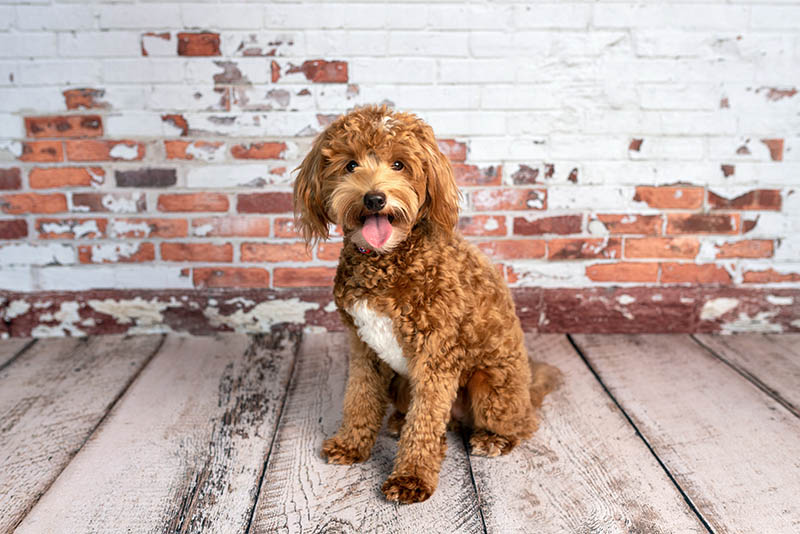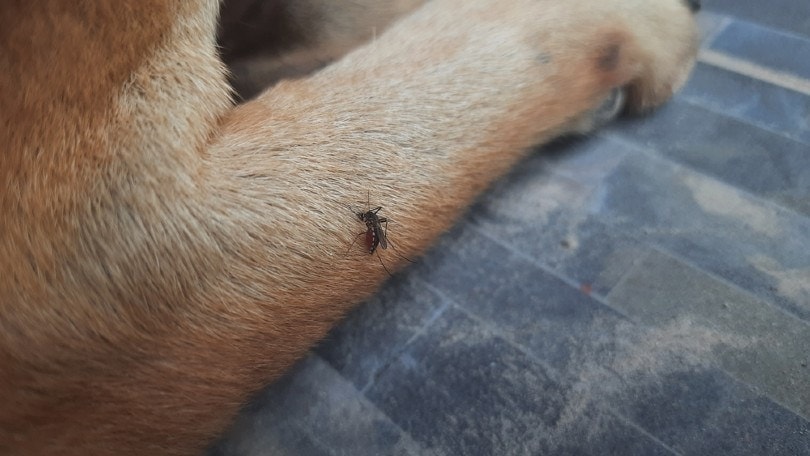Do Shih Tzus Have Breathing Problems? What The Science Tells Us

Updated on

The Shih Tzu is a popular small dog breed. They are friendly, get along with most people and other animals, and they are a lively and generally happy breed. They can be very healthy dogs and have a life expectancy of between 12 and 16 years, but the shape of their face and facial features, known as brachycephalic, means that they are prone to some breathing difficulties.
In particular, Brachycephalic Obstructive Airway Syndrome is common in breeds like the Shih Tzu.
BOAS
Brachycephalic dogs are those dogs that have short heads. The layout of their head, face, and airways means that the airways of the dog are too narrow, which can make it difficult for them to breathe.
If a dog does develop breathing conditions as a result of the shape of their face, it is called Brachycephalic Obstructive Airway Syndrome (BOAS). The condition is typically caused by one or more of the following abnormalities, which are present from birth:
- Stenotic Nares – Narrow nostrils make it especially difficult for the dog to breathe in, and because of the extra effort required to breathe in, it can further lead to the palate being drawn deeper into the airways as the dog breathes. This prevents the airway from opening further.
- Elongated Soft Palate – The short nose of a brachycephalic dog is considered a genetic defect, but this defect does not affect the soft palate. In fact, in a lot of cases, the soft palate of this type of dog is elongated. Because it is longer, the palate is pushed back and can block the larynx while rubbing against other tissues.
- Trachea Hypoplasia – The trachea is another name for the windpipe, and in dogs with short heads, the trachea is abnormally narrow. This problem is usually accompanied by stenotic nares or an elongated soft palate but may also combine with other problems.
- Laryngeal Hypoplasia – Another abnormality is that the larynx can be underdeveloped. The muscles that operate the larynx are not fully developed, which can prevent the larynx from opening and closing properly. This is an uncommon complication associated with BOAS.

Secondary Conditions
BOAS conditions can lead to secondary complications and additional complaints, including:
- Collapsed Larynx – The complications and obstructions created by BOAS abnormalities can lead to the larynx becoming distorted and may lead to a total collapse of the larynx.
- Bronchial Collapse – A collapsed larynx can also, subsequently, lead to bronchial collapse, which is a collapse of the airways around the lungs.
- Enlarged Tonsils – Inflammation leads to the enlargement of the tonsils, which can obstruct the pharynx and make breathing very difficult.
- Gastrointestinal Problems – There may be some defects in the gastrointestinal system of a brachycephalic dog, and this can lead to GI-related problems like regurgitation, vomiting, and diarrhea.
- Heart Failure – Obstructions to the airways prevent oxygen from properly getting to the lungs and around the body. This increased blood pressure can lead to a failure of the right side of the heart.
How to Help Prevent Breathing Problems in Shih Tzus
Breathing problems in Shih Tzus are caused by genetic abnormalities, which means there is little that can be done to prevent problems in the first place, but it is possible to prevent breathing problems from surfacing.
Avoid walking your dog in high temperatures because brachycephalic dogs can struggle to regulate their body temperature. You should also avoid high-intensity exercise or walks that are too long and too challenging for your pup.

Are There Any Treatment for BOAS?
Although there is no treatment to cure BOAS, it is possible to reduce the likelihood of breathing complaints. And if the condition warrants it, there is also a type of surgery that widens the airwaves and makes breathing easier for dogs with BOAS.
Does BOAS Get Worse With Age?
BOAS can put a lot of pressure on elements of the respiratory system, and this increased pressure leads to inflammation and secondary problems. Over time, and especially as a dog puts on extra weight, if the problem persists, it is likely to worsen. As such, BOAS can get worse with age, although minimizing exercise and avoiding exercise in high temperatures can help to reduce the effects.
Conclusion
The Shih Tzu is a brachycephalic breed, joining other breeds including bulldog breeds, boxers, Boston terriers, bullmastiffs, and others. Brachycephaly means that the skull is shorter than is typical for a breed of that size, and it leads to squat facial features.
The dogs have squat noses, and their respiratory system can suffer abnormalities as a result. Breathing difficulties are common in these breeds, and there is no real treatment to cure the main condition it causes: Brachycephalic Obstructive Airway Syndrome. Over time, the condition can worsen and may lead to worse complications that can include heart failure.
Featured Image Credit: Julia Barrantes, Shutterstock











